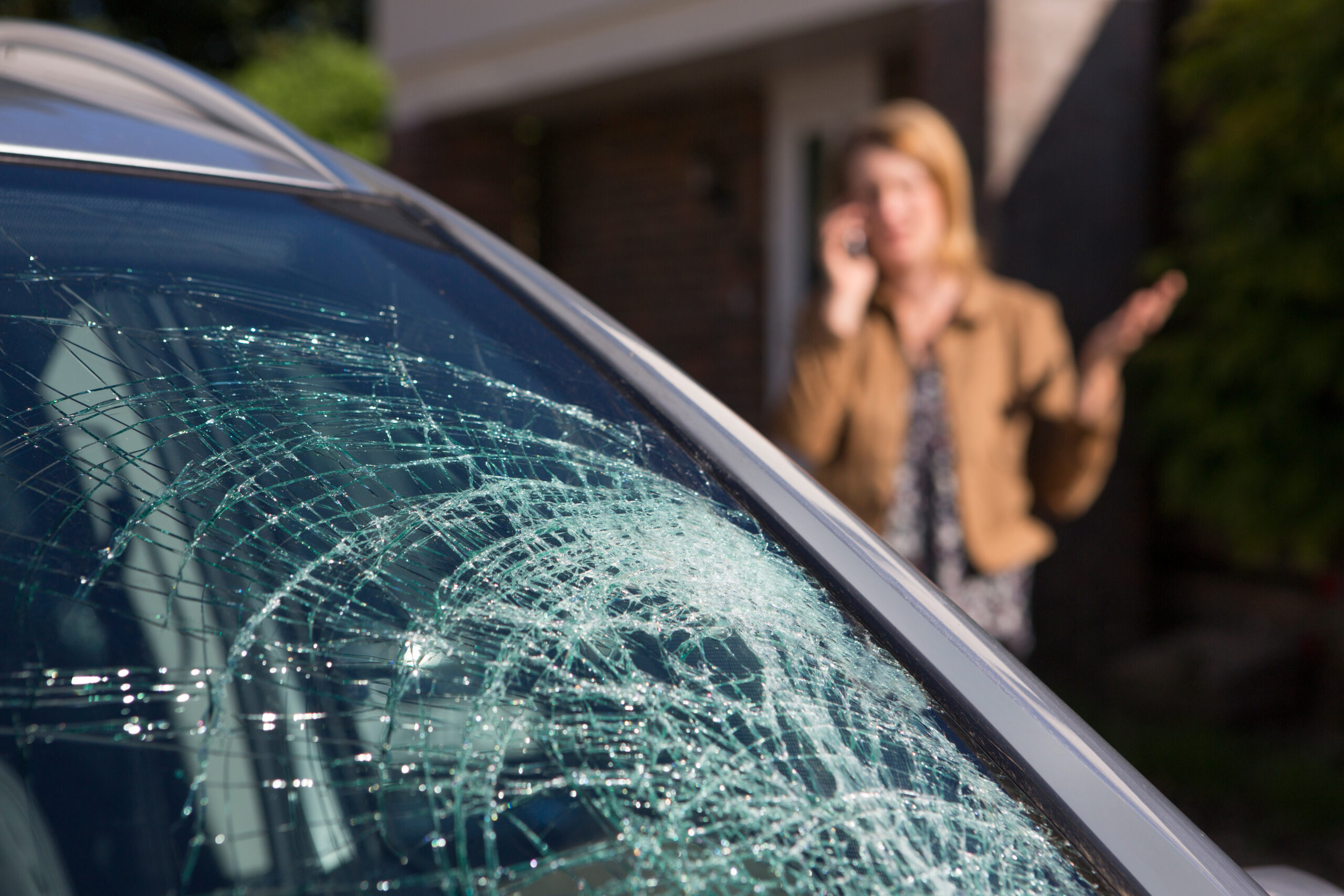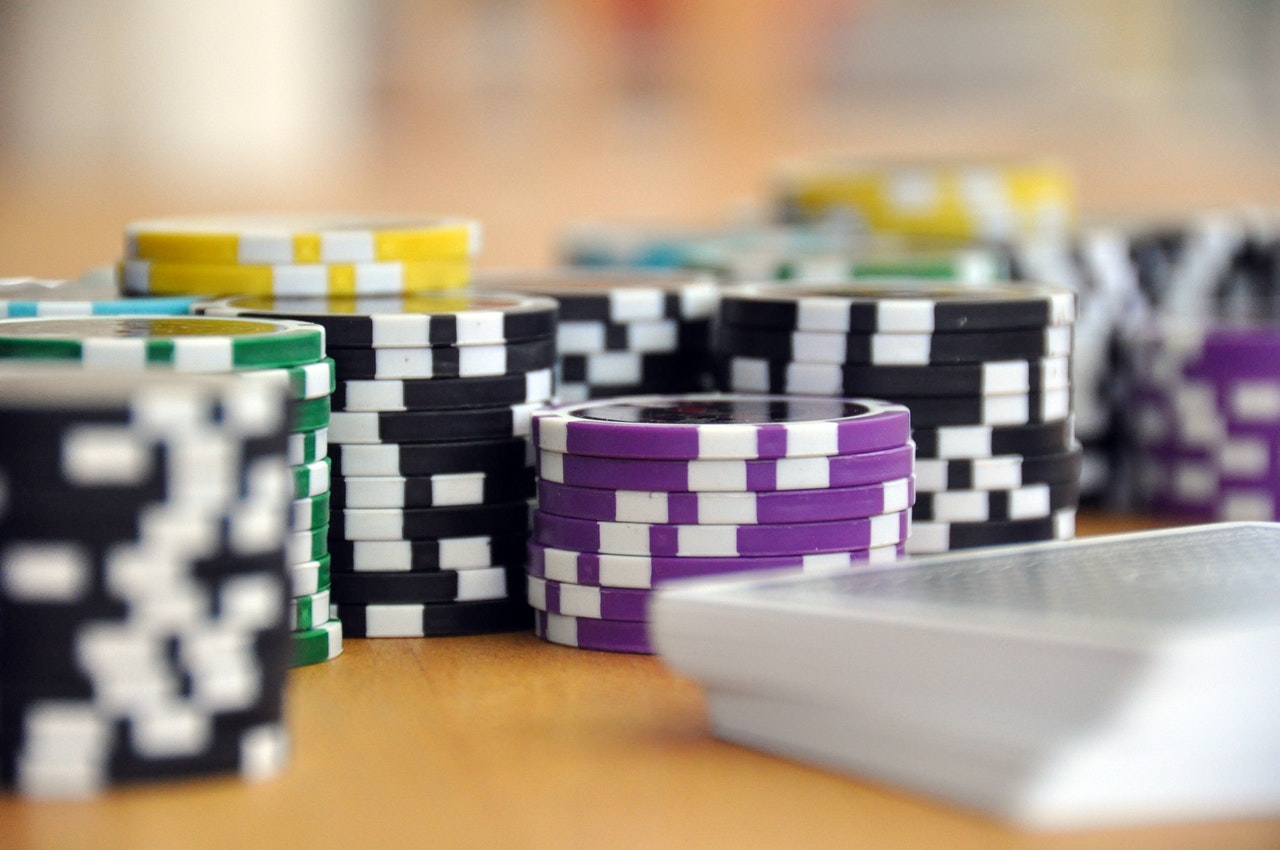A car is a significant investment for most people. So, it’s vital that you maintain its good condition, internally and externally. Vehicles and other steel materials are prone to corrosion when not taken care of properly. Cars left uncovered under the sun are also at risk of severe rusting since UV rays can speed up the process.
There are three usual types of rust on cars you may encounter. These are:
- Surface Rust: This type only affects the topmost layer. It may happen after receiving a deep scratch that penetrates the paint.
- Scale Rust: If left untreated, surface rust can evolve into this. It will affect your car’s body and ruin its structure.
- Penetrating Rust: You don’t want to see this in your car. It’s indicated by holes in your surface and is challenging to fix unless the affected areas are replaceable.
Repairing minor corrosion as soon as you see it will prevent it from spreading and further damaging your car. Fortunately, you can get rid of rust if you know how to do it correctly. Here’s how to fix this common vehicle problem:
- Prepare Your Tools
You must have the proper tools to remove rust from your car effectively. You cannot expect a desirable result if you do not have the correct tools for the job. To help you, these are the primary instruments you’ll require in your rust-repair kit:
- Sandpaper, sanding block tool, or mechanical sander
- Masking paper
- Tape
- Angle grinder
- Touch-up paint
- Body filler paint
You’re free to ask for professional help if you’re unsure how to repair car rust without making mistakes. They can give you a hand while you work along with them or do the job themselves. Car repair service teams may fix up one rusty vehicle or multiple, depending on how many of your cars are affected by corrosion. You can find such a team with streamlined and fast processes and high standards on this website, https://studroadpanels.com.au/ and other similar ones.
- Move Your Car To A Suitable Location
When fixing your car due to corrosion, you must work in a smooth and stable area to have enough space to move. You can repair your rusty vehicle outdoors if the weather permits or in a clean garage. If miscellaneous items are nearby or in the way, put them aside safely before working so these objects won’t get dirty in the process.
Once you’ve settled on a spot, it’s time to cover the non-rusted parts of your car. The masking paper and tape will protect the unaffected areas and help you focus on the places that need your attention. You can also use taped-down newspapers or poly sheeting if you have it.
- Start Sanding
You don’t need to cut off rusted parts unless the vehicle is corroded or you’re doing a classic car restoration. It’s best to use sandpaper with a 40-grit or more for maximum efficiency in sanding out the corrosion. Note that when you sand your vehicle’s surface, you remove the rust and the paint with it. Make sure you remove every tiny bit of rust before doing the following steps, or else that spot will spread again if left untouched.
Use sandpaper until you see the clean and bare steel underneath the affected area. You can speed up the process with a mechanical sander or angle grinder. But if you choose to use the latter, ensure that you use fire-resistant material covering to protect your vehicle from sparks.
- Apply Fiberglass And Body Filler
If you want to ensure the newly-sanded area is fully fixed, put in some glass fiber repair gel mixed with hardener behind where the rust used to be. Once the mixture hardens, you can sand away the excess fiberglass.
After applying the gel and sanding it, you can put body filler into the holes. To minimize sanding and extra application, ensure the mixture is put flatly into every nook and cranny that needs attention. Clean with a rag and mineral spirits and let it dry afterward. Avoid leaving lint, dust, fingerprints, and oil on the area to prevent the paint from running and getting spotted later.
- Prime And Paint The Surface
Your car should now be ready for repainting. But before that, you must prime the surface. By exploring shot blast media you can ensure the rust has been removed from your car and the surface is cleaned prior to applying any primer. Shot blasting also strips any old paint to ensure your surface is consistent.
Once your surface is ready, spray primer on the bare steel and sand it after applying the first layer. This step ensures leftover rust particles are removed entirely. Repeat this prime-and-sand process until satisfied.
When painting, apply a thin layer first. Like in the priming step, you must sand it down after every layer is dried. Use a piece of 400-grit sandpaper or a sanding block on the dry paint to smoothen the surface. You should have a total of three paint layers.
- Spray On Clear Coating
Once everything’s been done and dried, you can spray several layers of clear coat on the area. Let each layer dry before you spray another. After that, hand-buff the spot with a microfiber cloth with a polishing compound.
The clear coat will protect your new car paint from fading and scratches. The latter is a typical auto repair issue everyone should know how to fix.
- Prevent Rust From Coming Back
It’s not yet the end when you’ve finally repaired your rusty car. You must still take preventive measures to avoid corrosion from happening again.
Regularly inspect for rust in the following areas:
- Wheel wells
- Doors
- Windscreen
- Exhausts
- Suspension
- Frame rails
- The floor of the boot
When you find rust, attend to it immediately before it spreads. You can apply wax on the paint and oil to rust-prone areas. And if you live in places with constant moisture, ensure you keep your car dry and covered.
Conclusion
Removing rust is tedious, but you can restore your car’s original appearance with enough work. As long as you have the correct tools, skills, and patience, your vehicle can look like new again.







